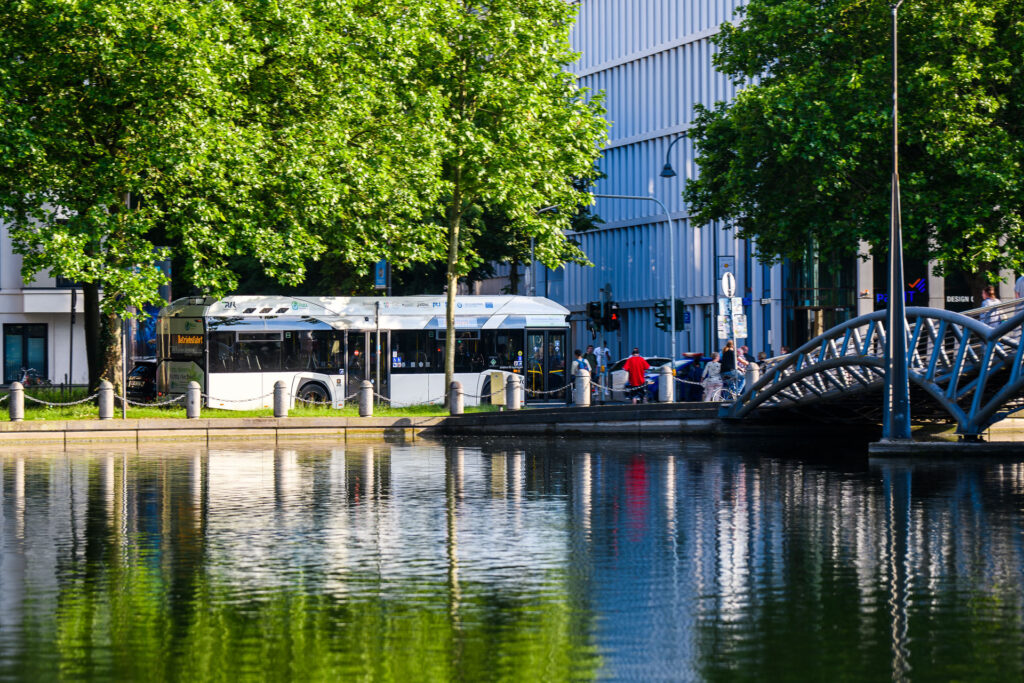
How does a hydrogen cell work?
A hydrogen fuel cell is nothing more than a mini power plant on board a vehicle for generating the energy that puts the car in motion. And although it sounds like science fiction, the truth is that the cell itself is an invention dating back to the early 19th century. However, recent years have seen a monumental technological breakthrough, which has enabled the fuel cell to be used in the automotive sector as a highly efficient and clean energy source. Find out how a hydrogen cell work!
The operation of a fuel cell is based on the process of reverse electrolysis. Electrolysis is a process by which the action of electricity causes a chemical change in substances such as water. The electrolysis of water produces hydrogen and oxygen. A hydrogen cell reverses this reaction and uses the hydrogen to produce electricity and, incidentally, some water. And that’s it. Nothing more, no pollution.
A hydrogen fuel cell – how it works step by step
A fuel cell has a relatively simple structure. There are three main components: two electrodes – the anode (negative electrode) and the cathode (positive electrode), and a so-called proton exchange membrane, which plays the role of a catalyst. A polymeric PEM membrane is used for the cell in the Urbino hydrogen bus.
The following steps take place in the hydrogen cell:
- Hydrogen is supplied to the anode, while oxygen is supplied to the cathode as air.
- The surfaces of the two electrodes are coated with a catalyst, and the hydrogen reacts with the catalyst to split into protons and electrons – it is oxidised.
- The PEM’s proton exchange membrane, which separates the electrodes from each other, allows only the protons to pass through to the cathode end.
- The membrane blocks the flow of electrons, remaining from the hydrogen decomposition, and directs them to the peripheral circuit as an electric flux, or current, which drives the electric motor.
- What happens to the oxygen? When it reacts with the catalyst at the cathode end, it is converted to anions, which combine with protons from the decay to end up as water in the form of steam.

Small in size, big in potential
The hydrogen cell is relatively small, but the energy produced on board gives the vehicle a range that is barely different from that of a combustion engine. The Urbino 12 hydrogen bus has a range of up to 350 km on a single charge.
To understand more about the operation of the whole hydrogen bus, be sure to take a look here.